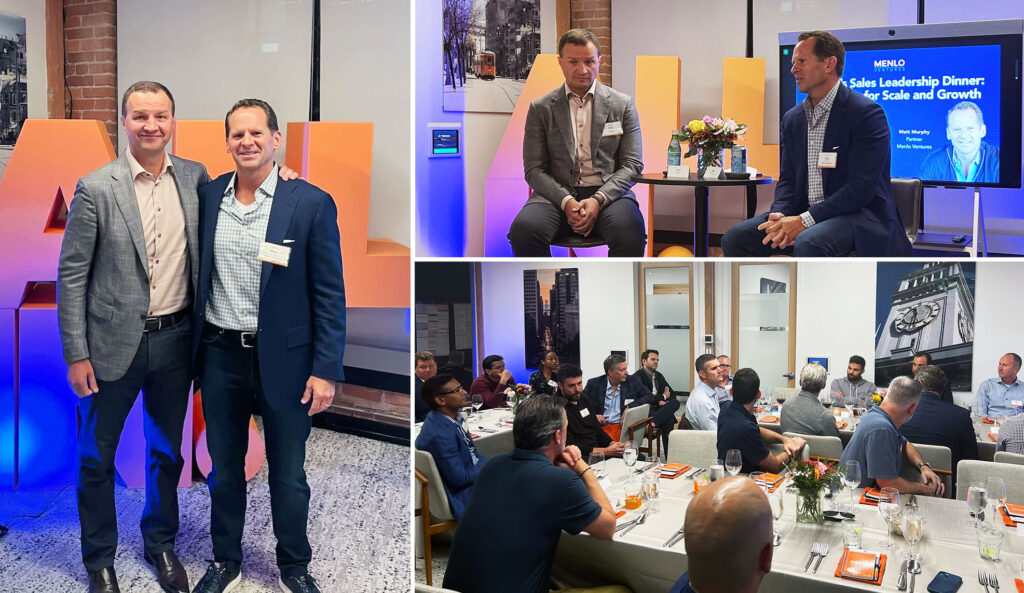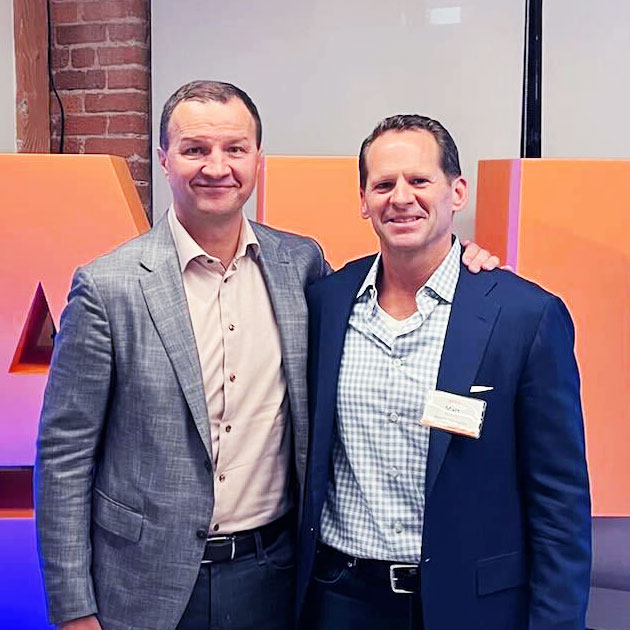
Selling software got a lot harder in the past year and SaaS companies should plan for a similar environment over the next couple of years. But the good news is the overall SaaS market is still growing rapidly and will be a ~$200B market next year. The promise of efficiency and automated workflows are powering this growth, and well managed sales organizations will continue to flourish.
We held a fireside chat recently with Dali Rajic, COO at Zscaler, and invited senior sales leaders to discuss how to scale a SaaS business with world-class process and leadership. I had the pleasure of working with Dali when he was the CRO at AppDynamics, through its acquisition by Cisco in 2017 for $4B. He built the best sales culture and performance of any company I’ve seen. The diaspora of sales leaders from AppDynamics have gone on to lead companies such as Thoughtspot, Rubrik, DataRobot, Heap, Auditboard and more.
After more than 25 years of building incredible cloud businesses, Dali identified five key areas for sales leaders to focus on whether you are a first time head of Sales or CRO of a late-stage company.
- Map out a three-year plan. Figure out what’s working and what’s not. The first thing you should do is ask a lot of questions. Spend time with customers getting feedback. From the ground up, you want to build an integrated lead-to-cash view that includes direct linkage to products and future capabilities. Develop a three-year plan and work backwards to the current year. As Dali put it, “A lot of times, people accept good enough as a good placeholder.” The problem with that is it allows for leakage of efficiency, in aggregate. Partner with the finance team in order to create an accurate plan. As Dali described, “Finance is not your enemy; finance is your best friend.” The sales ops team should be the connective tissue to finance that keeps you honest.
- Find your segmentation. Growing the top line no matter what is no longer sustainable. It might work to land the first few logos but it’s important to understand what verticals have the highest propensity for success.Dali shared, “The hardest thing to stick to is the vertical that you know.” The key is to understand which vertical and company size can give you the highest per-unit yield. As you segment, you don’t want to touch the run rate since it funds everything else, but slowly start to break out the segments you want to go after. As you scale, you also need a carefully planned ecosystem. Even with the rise of PLG, large enterprise customers expect a certain level of care and service. If you don’t have the right teams in place, you’ll churn customers quickly.
- Create a “CFO-proof” business case. The next two years will be a risk and ROI equation. Prioritize designing good business cases or practices that deliver clear value to your customers. No matter your buyer, the CFO has to approve. According to Dali, you need to “invest in having a dedicated resource that can build use cases that show ROI and time-to-ROI.”
- Focus on overall team contribution, not just hitting quota. Big deals can mask big issues. Take the top 3 biggest deals out of the equation to get a clear view on overall participation. Do that across AEs, SDRs, and marketing teams to measure the impact on pipeline. A leader is only as good as their reps. Too many times, you have one victor on the team, a couple reps who almost got there, and three people who didn’t get close. That’s not sustainable. It doesn’t scale over time, and it’s expensive. Too often leaders focus on the star reps when you should be doing the opposite. Track attainment but don’t blame the reps. Leaders are accountable for the success of their reps.
- Self-realization is the new company culture. As Dali highlighted,“Offering a great place to work, as a statement, isn’t enough anymore.” Even as the world opens up, there’s still fatigue from the past two years and the recent market slowdown. People are prioritizing job security and leaders that will invest in their future. Self-realization is more important than office perks. What can you do to help them learn and develop? It’s not just about professional development, but personal growth and opportunity too.
At Menlo Ventures, we understand the importance of go-to-market and talent. We collaborate closely with entrepreneurs on both. We make a habit of exposing portfolio companies to some of the best GTM leaders in the industry in order to learn and optimize their sales motions. We are sharing this as it seemed like a particularly timely conversation which could benefit the broader startup ecosystem. Thank you to Dali for taking the time to share your insights/process and inspiring the next generation of revenue leaders in SaaS!
Matt is a partner at Menlo Ventures and invests multi-stage across AI infrastructure (DevOps, data stack, middleware, API platforms), AI-first SaaS (vertical and horizontal), and robotics. Since joining Menlo in 2015, Matt has led investments in Anthropic, Airbase, Alloy.AI, Benchling, 6 River Systems (acquired by Shopify), Canvas, Clarifai, Cleanlab, Carta,…







